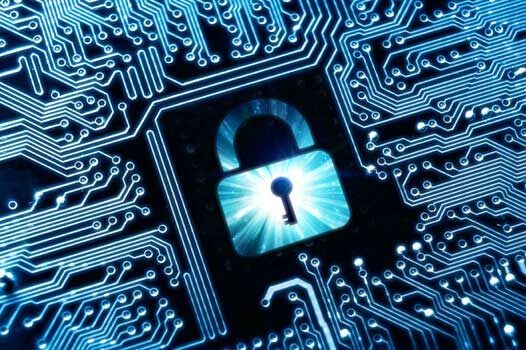how to recover scammed Usdt/ bitcoin in the UK within 24 hours
Summary
If you’ve lost Bitcoin or USDT to a scam in the UK, act immediately. Trace the transaction, contact crypto exchanges and wallet providers, preserve all evidence, report the case to UK law enforcement and national cybercrime portals, and consider hiring blockchain forensics professionals such as 5ispyhakk to increase your recovery chances.
Important Reality Check
When it comes to recovering stolen Bitcoin in the UK or getting back scammed USDT in the UK, speed is everything. Crypto transactions are irreversible and often move through mixers or multiple exchanges within hours. You cannot reverse a blockchain transfer on your own, so professional support and immediate reporting are critical.
What You Can Do in 24 Hours
Here are the most important steps if you want to recover stolen crypto in the UK:
-
Stop further losses – Secure your wallets and accounts immediately.
-
Document everything – Keep screenshots, wallet addresses, and transaction IDs.
-
Trace the funds – Use blockchain explorers or hire forensic experts who specialize in Bitcoin and USDT recovery.
-
Alert exchanges – Contact any exchanges involved so they can freeze suspicious accounts.
-
Report the case – File reports with UK law enforcement and cybercrime authorities.
-
Hire experts – Work with blockchain forensics teams and hackers who can help track and build evidence for recovery.
Acting within the first 24 hours in the UK gives you the best chance of recovering stolen Bitcoin or scammed USDT.
24-Hour Step-By-Step Checklist
Hour 0–1: Stop the bleeding & secure your accounts
-
Immediately stop all further transfers from your wallets.
-
Change passwords and enable strong 2FA on email, exchange accounts, and wallets from a clean device (not the compromised one).
-
If the scam involved a phishing link or compromised device, disconnect that device from the internet and don’t reboot it if you plan to hand it to forensics.
Hour 1–3: Gather & preserve evidence
-
Save every relevant item: TXIDs, wallet addresses, screenshots of conversations, invoices, payment confirmations, email headers, chat logs, and URLs.
-
Export transaction history from your wallet and any exchange accounts. Use screenshots and file exports (CSV) where possible.
-
Note exact times (UTC) of the suspicious transactions and all contact with the scammer. This documentation is crucial for exchanges and police.
Hour 3–6: Trace the stolen funds (initial)
-
Paste the transaction ID(s) into blockchain explorers (Etherscan for Ethereum/USDT-ERC20, BTC.com/Blockchain.info for Bitcoin) to see the destination address and subsequent hops.
-
If funds moved to an address that interacts with a centralized exchange (you may spot deposit tags or known exchange addresses), immediately note the exchange name and deposit details. Public blockchain tracing can often identify when funds hit an exchange.
Hour 6–12: Contact exchanges, wallet providers & payment channels
-
Open support tickets for any exchange you suspect received the funds. Provide: TXIDs, sending/receiving addresses, timestamps, and your ID. Ask to escalate to the exchange’s compliance/MLRO team.
-
If the scam used PayPal, bank rails, or wire transfers in combination, contact those institutions immediately and request fraud holds.
-
If the scammer used an exchange and submitted KYC, the exchange can (sometimes) freeze funds and provide KYC to law enforcement — but only after you file an official report.
Hour 12–18: Report to law enforcement & national cybercrime portals
-
File a report with your local police and request a crime reference number. Many exchanges require this when freezing funds. If you are in the US, file an IC3 complaint (FBI IC3). If you are in Europe, follow your national portal via Europol’s reporting page. Always use official government URLs (not copycat pages).
-
Report to national consumer/cybercrime bodies (e.g., Action Fraud in the UK, national cybercrime units). Save the police/crime reference number — exchanges and investigators will ask for it.
Hour 18–24: Engage blockchain-forensics & legal help
-
Contact 5ispyhakk: a reputable blockchain-forensics firm or certified crypto recovery service immediately. Firms like Chainalysis, CipherTrace partners, or qualified boutique forensic teams can run deep traces and package evidence for exchanges and police. A forensic trace is often the key to convincing exchanges to freeze funds or cooperate.
Pay a recovery firm (we can help)
-
We use legitimate forensic tools.
Final note — time matters
If the scammer hasn’t yet cashed out on a centralized exchange, you still have a realistic shot — but only if you move immediately. The actions above are the accepted best practices used by investigators and recovery teams. We suggested contacting us immediately so our hackers can help you.








